Navigating the Intersection of Microcurrent and Botox in Skincare
In the dynamic realm of skincare, where innovation and technology continually push the boundaries of beauty enhancement, two distinct methodologies have become prominent: microcurrent therapy and Botox injections. Each offers unique benefits in the pursuit of youthful, glowing skin. Yet, amidst the myriad of skincare options, questions arise about the compatibility and interaction between these treatments. Does microcurrent therapy impact the efficacy of Botox? Can these techniques be integrated to achieve optimal results? In this comprehensive exploration, we delve into the relationship between microcurrent therapy and Botox, dispelling myths and uncovering the true effects of their combination.
Understanding Microcurrent Therapy: Harnessing the Power of Electrical Stimulation
Microcurrent therapy harnesses the power of low-voltage electrical currents to stimulate facial muscles, promoting collagen production and enhancing skin tone. This non-invasive technique has gained popularity for its ability to deliver visible results without the downtime associated with invasive procedures. By targeting specific facial muscles, microcurrent treatments effectively lift and tighten the skin, reducing the appearance of fine lines and wrinkles. Moreover, microcurrent therapy is renowned for its ability to improve circulation and lymphatic drainage, resulting in a rejuvenated and revitalized complexion.
Decoding Botox: Unveiling the Mechanism of Action
In contrast to microcurrent therapy's gentle stimulation, Botox injections offer a more targeted approach to wrinkle reduction. Derived from the bacterium Clostridium botulinum, Botox works by temporarily paralyzing muscles, thereby smoothing out lines and wrinkles. By blocking the release of acetylcholine, a neurotransmitter responsible for muscle contractions, Botox effectively prevents the formation of dynamic wrinkles caused by repetitive facial movements. While Botox injections provide remarkable results, their effects are temporary, typically lasting three to six months before requiring additional treatments.
Dispelling the Myth: Addressing Misconceptions About Microcurrent Therapy and Botox
One common misconception is that microcurrent therapy can reverse the effects of Botox. However, this belief overlooks the fundamental differences in the mechanisms of these two treatments. While microcurrent stimulates muscle activity and promotes circulation, it does not interfere with Botox's mechanism of action. Instead, microcurrent therapies complement Botox by enhancing muscle tone and overall skin health, potentially improving the results and longevity of Botox treatments. However, it is recommended that individuals wait 2-3 weeks after a Botox procedure to continue using microcurrent products at home to let muscles in your face settle.
Optimizing Results: Integrating Microcurrent and Botox for Enhanced Efficacy
While microcurrent and Botox target different aspects of facial rejuvenation, they can be integrated after a short period to maximize the results of both treatments. Before Botox injections, microcurrent therapy can help strengthen facial muscles, providing a more robust foundation for the treatment to build upon. This can potentially enhance the results and longevity of Botox treatments, allowing individuals to maintain a youthful appearance for longer periods.
Conversely, a few weeks after Botox, microcurrent treatments can aid in maintaining muscle tone and preventing atrophy during the temporary paralysis induced by Botox. By stimulating muscle activity and promoting circulation, microcurrent therapy can help prolong the effects of Botox, ensuring a smoother transition between treatments.
Timing Is Key: Strategizing Your Skincare Routine for Optimal Outcomes
While combining microcurrent therapy and Botox can yield impressive results, proper timing is crucial for optimal outcomes. It is advisable to space out microcurrent and Botox sessions by a few weeks to allow the skin to recover fully from any potential irritation or inflammation caused by Botox. By coordinating these treatments strategically, individuals can achieve synergistic effects that enhance their overall skincare regimen.
Embracing Innovation in the Pursuit of Timeless Beauty
The relationship between microcurrent therapy and Botox is one of synergy rather than opposition. While microcurrent therapy cannot reverse the effects of Botox, it can complement its efficacy by promoting muscle tone and overall skin health. By understanding the interplay between these two treatments and integrating them into a comprehensive skincare regimen, individuals can achieve optimal results in their quest for youthful, radiant skin. As always, consulting with a qualified skincare professional is essential to devise a personalized treatment plan tailored to individual needs and concerns. Embrace the power of innovation and embark on your journey to timeless beauty with confidence and clarity. Start your skincare journey today with the Zella Microcurrent Device, an effective at-home microcurrent device!

